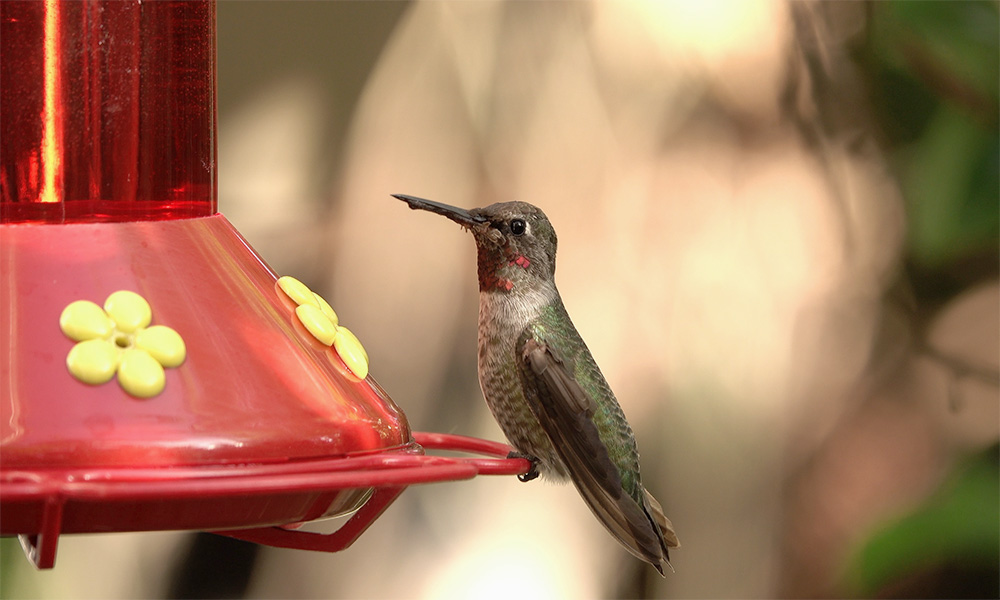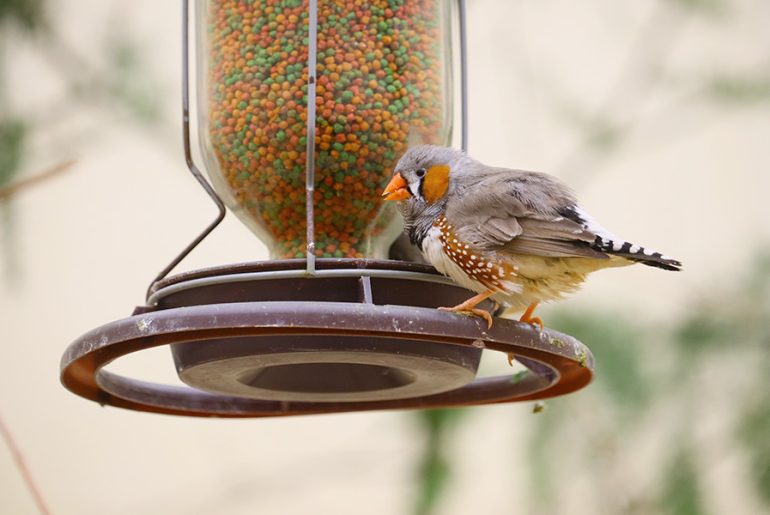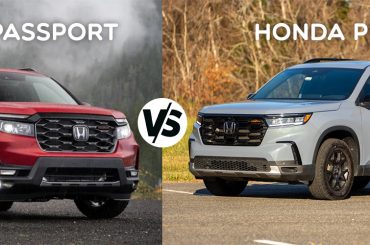Choosing the best hummingbird feeder can transform your backyard into a vibrant sanctuary for these remarkable tiny birds. The right feeder not only attracts more hummingbirds but also keeps them coming back season after season. With so many options available, finding the perfect feeder requires understanding what features matter most for both the birds’ health and your convenience.
Understanding Hummingbird Feeder Types
Dish Feeders vs Bottle Feeders
Two main styles dominate the hummingbird feeder market, each with distinct advantages. Dish feeders, which are also known as saucer feeders, have a flat bowl shape where the nectar is kept under the areas where the birds feed. This configuration makes them incredibly easy to clean and less prone to leaking. The wide opening allows you to reach every corner during maintenance.
Bottle feeders are designed upside down, with the nectar kept in a container that’s above the places where the feeders connect to the bottles. While they often hold more nectar, they can be challenging to clean thoroughly and may develop leaking issues if seals wear out over time.
Material Considerations: Glass vs Plastic
The type of material your feeder is made from greatly affects how long it lasts and how much work is needed to keep it in good shape. Glass feeders last longer and don’t fade, warp, or break as easily as plastic ones. Glass also maintains nectar freshness better and cleans more thoroughly without retaining odors or stains.
Plastic feeders provide lightweight convenience and break-resistance, making them ideal for windy locations or households with children. However, they may contain BPA and typically require replacement more frequently than glass alternatives.
Essential Features for the Best Hummingbird Feeder
Easy Cleaning Design
Cleanliness is the most important thing to consider when choosing any hummingbird feeder. Feeders with wide openings, removable parts, and smooth surfaces prevent dangerous mold and bacteria growth that can harm visiting birds. Look for models that disassemble completely for thorough washing.
Ant Moats and Bee Guards
The built-in ant moats form a water barrier that stops ants from getting to the nectar. Many top-rated feeders include this feature as standard equipment. Bee guards over feeding ports allow hummingbirds access while excluding larger insects that might monopolize the feeder.
Feeding Port Configuration
Multiple feeding ports allow many hummingbirds to feed at the same time, which helps prevent fighting over food. Four to six ports typically provide optimal capacity without making the feeder too bulky. Red coloring around ports helps attract hummingbirds, as they naturally associate this color with nectar-rich flowers.
Perching Options
While hummingbirds can hover while feeding, perches allow them to rest and conserve energy. Some feeders include built-in perching rings, while others rely on the birds’ hovering ability. Consider your local hummingbird behavior when deciding on perching features.
Top Recommended Hummingbird Feeders
Aspects HummZinger Series
The HummZinger line is often praised by both experts and hobbyist bird watchers. These dish-style feeders feature bright red tops that catch hummingbirds’ attention, combined with easy-clean designs that simplify maintenance. The 12-ounce capacity strikes an ideal balance between frequent refilling and nectar freshness.
Glass Options for Durability
Premium glass feeders offer elegant aesthetics alongside practical benefits. Many feature decorative elements that enhance garden appeal while providing functional feeding stations. The weight of glass feeders also provides stability in moderate winds.
Budget-Friendly Choices
Quality hummingbird feeders don’t require significant investment. Several plastic options deliver excellent performance at affordable prices, making them perfect for beginners or those wanting multiple feeders throughout their property.

Placement and Maintenance Tips
Strategic Location Selection
Position your feeder where you can easily observe and maintain it. Hummingbirds prefer locations with nearby perching spots like trees or shrubs, but ensure the area receives some shade during hot afternoon hours to prevent nectar spoilage.
Place feeders at least ten feet apart if using multiples, as hummingbirds are territorial and may guard feeders aggressively. This spacing allows more birds to feed comfortably in your yard.
Cleaning Schedule
Clean feeders every three to four days in moderate weather, or every other day during hot spells when nectar ferments quickly. Use hot water and a bottle brush to remove all residue, avoiding soap which can leave harmful films. Rinse thoroughly and allow complete drying before refilling.
Nectar Preparation
Make fresh nectar by mixing one part white sugar with four parts water. Boil the mixture briefly to dissolve sugar completely, then cool before filling feeders. Never use honey, artificial sweeteners, or red food coloring, as these can harm hummingbirds.
Seasonal Considerations
Spring Setup
Put out the feeders two weeks before the hummingbirds usually come to your area. Early nectar sources help support birds during migration when natural food sources remain limited.
Summer Maintenance
Hot weather accelerates nectar fermentation and increases cleaning frequency. Consider using smaller feeders during peak summer to ensure fresher nectar with more frequent turnover.
Fall Migration Support
Keep feeders active well into fall to support migrating birds. Late-season nectar provides crucial energy for their long journey south.
Troubleshooting Common Issues
Dealing with Unwanted Visitors
Wasps and bees are drawn to sweet nectar, but they can crowd around feeders. Yellow jackets particularly become problematic in late summer. Choose feeders with bee guards and avoid yellow decorative elements that attract these insects.
Preventing Leaks
Proper assembly prevents most leaking issues. Ensure all seals sit correctly and replace worn gaskets promptly. Temperature changes can cause expansion and contraction, so check connections regularly.
Attracting Your First Hummingbirds
New feeders may take time to attract attention. Plant red, tubular flowers nearby to create natural attractants. Native plants like bee balm, cardinal flower, and trumpet vine complement feeders perfectly while providing additional food sources.
Conclusion
The best hummingbird feeder combines easy maintenance with attractive design and practical features that benefit both birds and backyard enthusiasts. Whether you choose a simple dish feeder for easy cleaning or an elegant glass bottle for aesthetic appeal, success depends more on consistent maintenance and proper placement than expensive features. Start with a quality basic model, maintain it religiously, and enjoy watching these incredible birds transform your outdoor space into a dynamic wildlife theater. Regular cleaning, fresh nectar, and strategic placement will ensure your feeder becomes a favorite destination for generations of hummingbirds.






